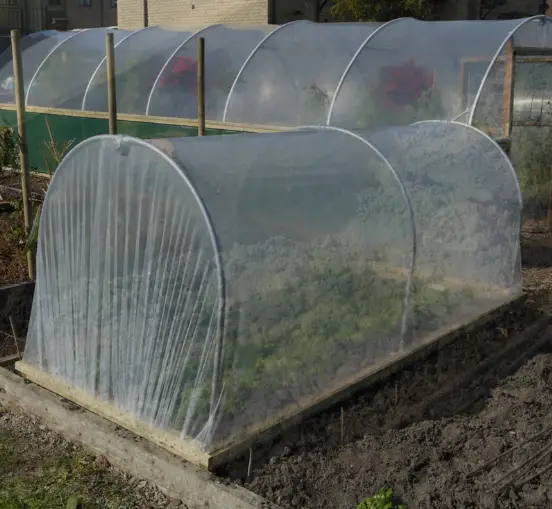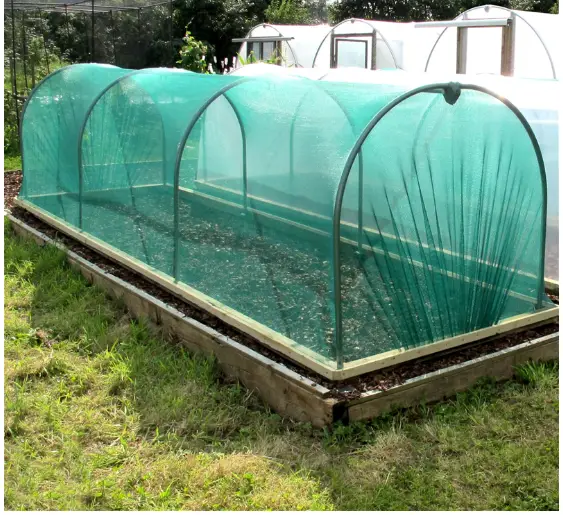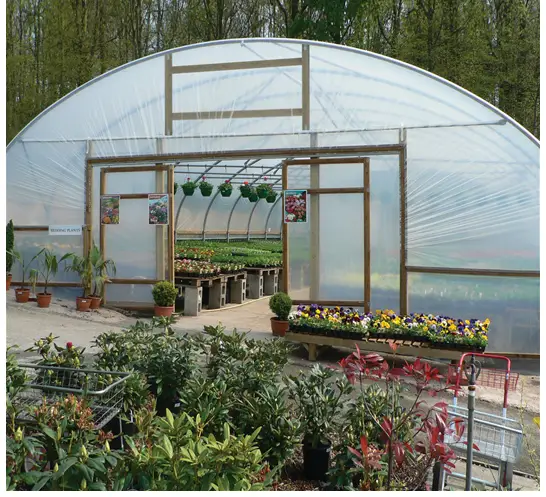
Search Wild Foods Home Garden & Nature's Restaurant Websites:
TOP OF THE CROPS - ARTICHOKE
Guest article written By: First Tunnels
(First Tunnels, a supplier of both Domestic and Commercial Polytunnels has provided this article on how to grow Artichokes.)
It is an architectural plant that offers form and shape to the vegetable plot. The artichoke, Cynara scolymus, is a perennial plant with large edible flowers. Once transplanted to its final growing place, this striking plant will continue to offer edible flowers for many years to come. It is not a difficult plant to grow, but growing it in the polytunnel makes is super easy.
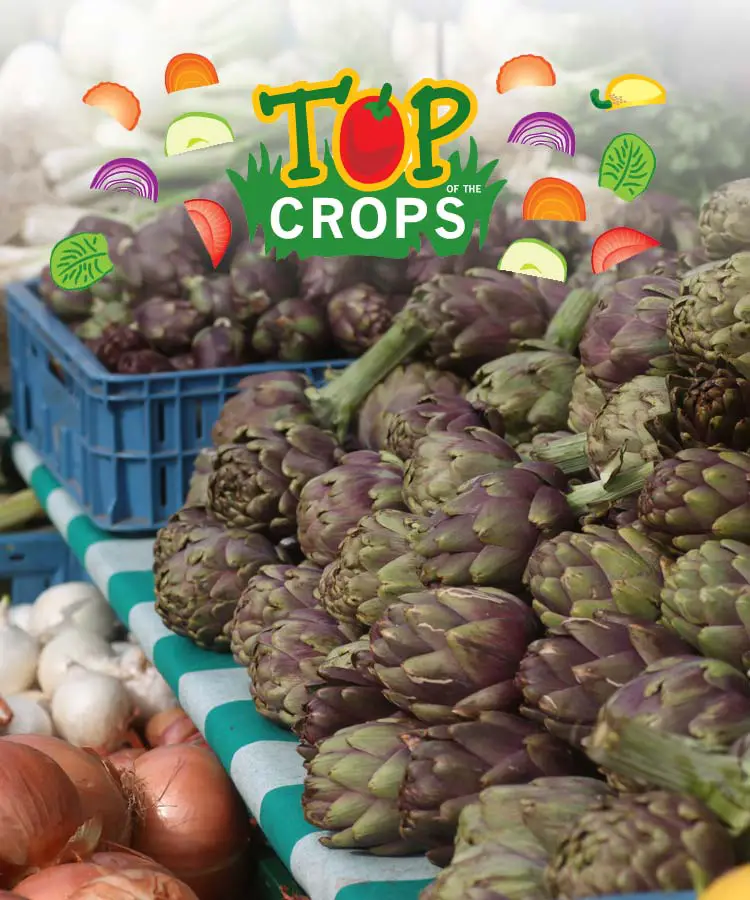
GROWING ARTICHOKES IN A POLYTUNNEL
Artichokes are popular not only for the pleasing stature the plant brings to the vegetable plot but also for its mild flavour. Its flavour can be compared to a light-tasting celery or aubergine and an easy plant to grow.
Artichokes are a relatively easy perennial plant – a plant that produces flowers and thus edible balls for many years - to grow but with a polytunnel, they are even easier.
- One position – once you have planted on the main plant, it will be in situ for some time to come. As it matures each year, you can cut the bulbs, enjoying the delicate flavour of the artichoke, knowing that your plants need not be moved in the polytunnel until they wear out in a few years’ time.
- Free draining soil – on one hand, artichokes are not too fussy about the state of the soil that they grow in but, they prefer free draining, fertile soil. For polytunnel owners, the state of the soil is something you control but in a garden, it can take months of digging through organic matter before the clay based soil truly breaks down.
- Protection – like all plants, frost is no friend to the artichoke. Frost and sub-zero temperatures cause the water in the plant to crystallise. When it thaws, it damages the cells of the plant which will lead to its demise. But with a polytunnel, artichokes are protected from frost and ice too. Great news for all vegetable crops!
- Warm soil – as well as free draining soil, artichokes thrive in a soil that is warm. For the plants of the polytunnel, warm soil means stronger growth as well as an extended growing season. Artichokes will thrive in the mini-climate of the polytunnel providing the soil is moist, as well as warm. But artichokes don’t like too much heat so keep them cool by planting near the door or ventilation windows. Try to maintain a day time temperature of between 20 and 22° at the most.
- Pest control – there are many pests that like to nibble on artichokes thus spoiling the harvest. From the minute two-spotted spider mite to ladybirds, aphids and ants, there are many tiny creatures that can invade the polytunnel, settling on the growing artichoke. There is also a risk of grey mould on artichokes, cause by the presence of fungus. The answer is to keep a through breeze in the polytunnel so that insects are blown through the tunnel rather than allowing them to come to rest. This also helps to prevent fungal spores settling too.
SEED SOWING
To sow from artichokes from seed…
- Sow seeds in March and April directly into polytunnel beds at a depth of about 13mm or half an inch deep. Most gardeners plant two or three seeds closely, with around 25 to 30cms (or 10 to 12 inches) between each row and once established, pick out the weaker seedlings, leaving the strongest to mature.
OR
- Sow seeds in 7.5cm (3 inches) of good quality compost. Plant on when they appear strong and hardy.
As artichokes grow, they sprout ‘suckers’. These suckers can be cultivated for the following year and although more expensive, these plants tend to give a better-quality plant and edible bulb. Growing from seed is cheaper and a great project for inside your polytunnel but you need to be selective about which plants you continue to grow on.
Grown from seed, the quality of artichoke plants can be variable and ‘stringy’ thus, it pays to over-plant so that you have plenty of choice when it comes to which plants to keep and which to assign to the compost heap.
As well as sowing from seed, you can maintain a constant crop of artichokes by planting a sucker from an established plant. Select a strong sucker from established plants in March to April and when they are around 20 to 30cms in length (8 to 12 inches). Plant the sucker in its final growing place in the vegetable bed in the polytunnel. Keep the soil moist but don’t over water and make sure the temperature in the polytunnel is not too hot nor too cold. Artichoke plants grown from suckers will flower and produce an edible ball the same year, unlike plants grown from seed that require a full 12-month growing cycle before they can be harvested.
PLANTING
To successfully grow artichokes you will need;
- Fertile, well-draining soil
- To transplant them to their permanent growing position when they are large enough to handle with at least five true leaves
- Plant them 60 to 90 cm apart (around two to three feet)
- To be patient as grown from seed, artichokes won’t flower until the following year
- To keep crops free from weeds
- To mulch with well-rotted manure in the spring when the soil is warm and moist
- Feed with a general fertiliser
- Keep them well watered
- To protect the plants if winter temperatures take a tumble, with straw around the base
- To keep stock vigorous by dividing the plant every two years
Like most vegetable plants, artichokes are susceptible to pests, two of which are:
Slugs & Snails – they feed on the young plants, leaving their tell-tale trail as a clue to their invasion of your artichoke crop. As well as beer traps, there are other remedies that deter slugs and snails including saw dust or egg shell barriers, as well as copper tape. Some gardeners will also rely on biocontrol products too.
Aphids – these pesky insects can invade the polytunnel, a rich fertile ground offering them a plethora of plants to eat, including your artichokes. Look for colonies of aphids on the soft short tips of plants or on leaves. As they suck sap, aphids excrete a sticky honeydew which encourages the growth of black, sooty mould. As well as squishing between finger and thumb, you may also need biological control of aphid colonies in the polytunnel.
HARVESTING
Artichokes gives many fruits over many years but after a time, they become exhausted and the crop will need to be renewed.
To harvest artichokes;
- Start to pick the buds in July
- Pick the buds, ideally when they have reached the size of a golf ball
- Use a pair of secateurs to cut the edible ball where it meets the stem
- Cut the ball before it starts to flower
- After you have cut the main head, smaller, secondary heads may appear and these make for lush eating too – harvest them in the same way.
April is seen as the start of the growing season and although temperatures are slowly creeping upwards, there may still be a chance of frost in some places as well as scattered April showers. If you are growing artichokes from seed you can sow the plants directly outside from April onwards. You can get a full month head start by planting your seeds undercover in the polytunnel in March and continue to grow them in the tunnel for the coming years.
Harvesting or artichokes happens late in the season in the first year but if you have sown the seeds directly outside, you will need to wait until the following summer until you can harvest the plant. But in the polytunnel, July, August and September are lush times with not only artichokes to harvest but several other fruit and vegetable crops too.
CALENDAR
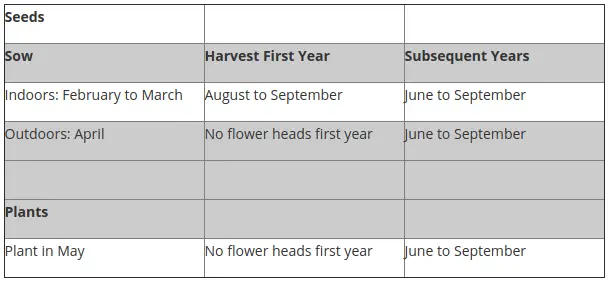
SUMMARY
Related to the thistle, there is no denying the stature and grandeur of this elegant plant. The bulb has a delicate flavour and for any gardener, growing artichokes is a delight.
They can thrive outside but the polytunnel enriches the growing environment, protecting the tender plants from frosts and pests, two of the main issues that affect artichokes.
With warm, fertile soil, regular watering and feeding, artichokes grow well in a polytunnel especially as they can grow undisturbed in one place for years to come. Why not add artichokes to your polytunnel beds?
I'd like to thank First Tunnels for the article. Below are a few pictures of what polytunnels are from First Tunnels:
